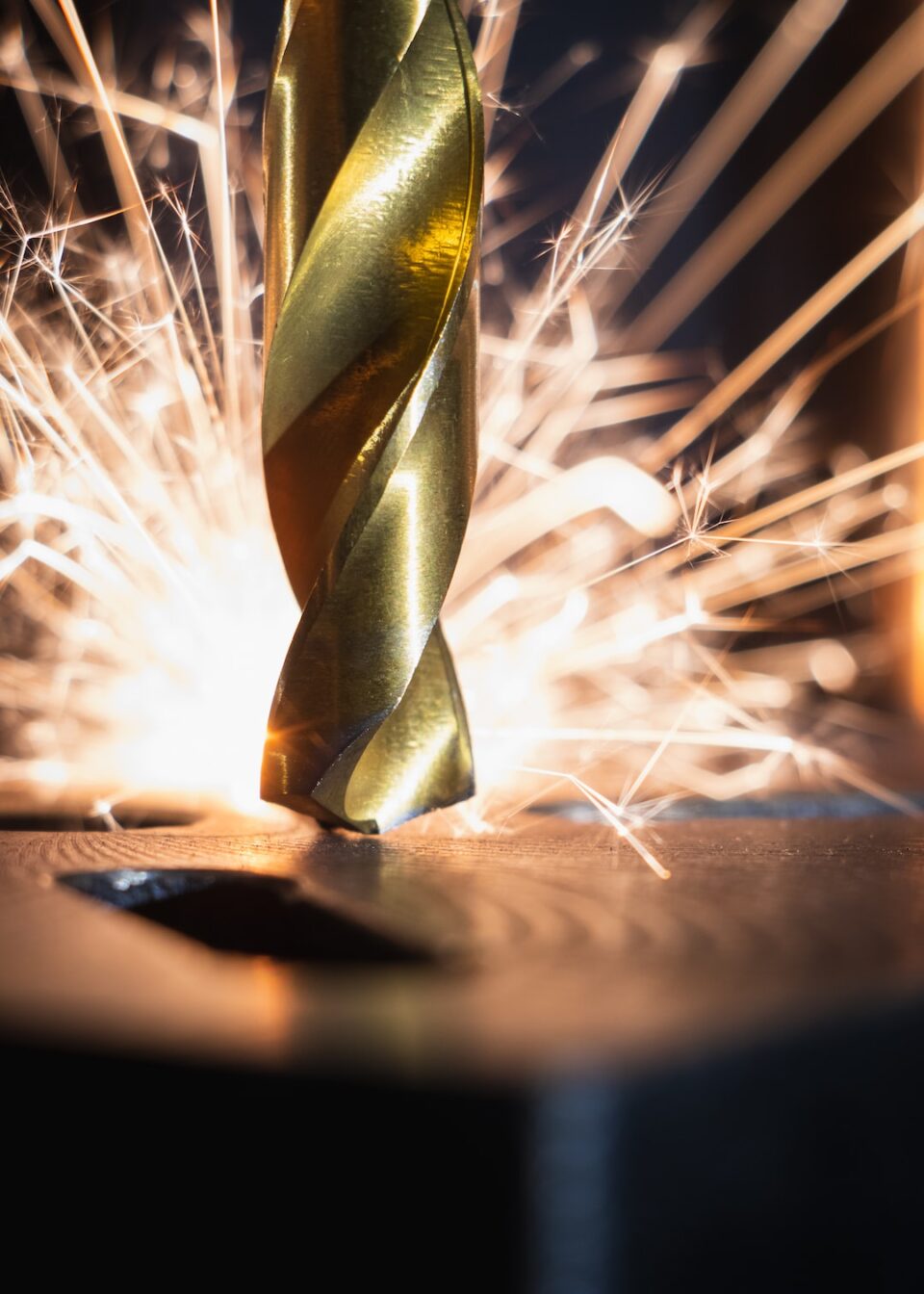How Virtual Reality is Revolutionizing Manufacturing Training and Design
In recent years, virtual reality (VR) has emerged as an innovative technology with a vast array of applications across various industries. One particular area where VR is making significant strides is in the manufacturing sector, transforming how training is conducted and designs are created. This revolutionary technology has the potential to enhance productivity, reduce costs, and improve overall safety standards. In this blog post, we will delve into the impact of virtual reality on manufacturing training and design and explore the numerous benefits it brings to the industry.
Virtual reality training has become a game-changer for manufacturers, providing a highly immersive, realistic, and interactive learning experience. Traditionally, training in the manufacturing industry often involved lengthy classroom sessions or on-the-job training, which can be time-consuming, expensive, and sometimes hazardous. However, VR is changing the game by offering a safe and controlled environment where trainees can practice hands-on skills without the need for expensive machinery or physical risks. Employees can now receive comprehensive training without ever leaving the training facility, reducing the downtime associated with traditional training methods.
Through virtual reality, trainees can simulate various scenarios and perform tasks in a virtual environment that mirrors real-life situations accurately. For example, in a manufacturing assembly line simulation, trainees can learn the intricacies of assembling complex products and identifying and resolving potential issues, all in a risk-free environment. They can practice repeatedly until they attain proficiency, without any concern for harming themselves or damaging expensive machinery. Moreover, trainees can receive immediate feedback, allowing them to learn from their mistakes and improve their skills rapidly.
Furthermore, virtual reality is an excellent tool for tackling the problem of skill shortages in the manufacturing industry. As older generations retire, there is a growing need for a new workforce with the right skills and knowledge to fill the gaps. VR training programs can be easily customized to match the specific equipment and processes used by a particular manufacturer, enabling new employees to receive tailored training even before they step foot on the factory floor. This accelerates the onboarding process, reduces the learning curve, and ensures that new hires are well-prepared to contribute effectively from the start.
In addition to training, virtual reality is also revolutionizing the design process in manufacturing. Traditionally, design concepts were presented through two-dimensional drawings or computer-aided design (CAD) models, making it challenging for stakeholders to comprehend the final product accurately. However, with virtual reality, designers can create immersive, three-dimensional models that allow stakeholders to visualize and interact with the proposed design in a virtual space. This brings designs to life, enabling better collaboration between designers, engineers, and decision-makers, leading to improved design outcomes and reduced errors.
Virtual reality not only enhances visualization but also facilitates rapid prototyping. Manufacturers can use VR to create virtual prototypes and conduct simulations to identify design flaws or potential issues in the early stages of product development. Through virtual testing, modifications can be made quickly and efficiently, saving valuable time and resources that would otherwise be wasted on physical prototypes. VR also enables design iterations to occur in a much shorter timeframe, expediting the overall design process.
The benefits of virtual reality in manufacturing training and design extend beyond efficiency and cost-effectiveness. Safety is a paramount concern in the manufacturing industry, and VR technology offers enhanced safety features in training and design. With VR training, employees are exposed to hazardous conditions and scenarios in a controlled environment, significantly reducing the risk of accidents. Likewise, in design, virtual simulations allow for the identification and rectification of safety hazards before production, preventing potentially catastrophic incidents.
In conclusion, virtual reality is revolutionizing the manufacturing industry by providing realistic and immersive training experiences, improving design outcomes, and enhancing overall safety standards. The ability to practice complex tasks in a virtual environment, tailored to the manufacturer’s specific operations, eliminates the need for expensive equipment and minimizes the risk of accidents. Furthermore, VR facilitates better collaboration, visualization, and rapid prototyping, leading to improved designs and reduced errors. As this technology continues to evolve, its impact on manufacturing training and design is set to grow exponentially, redefining the industry’s practices and transforming the way manufacturers train their workforce and develop new products.

